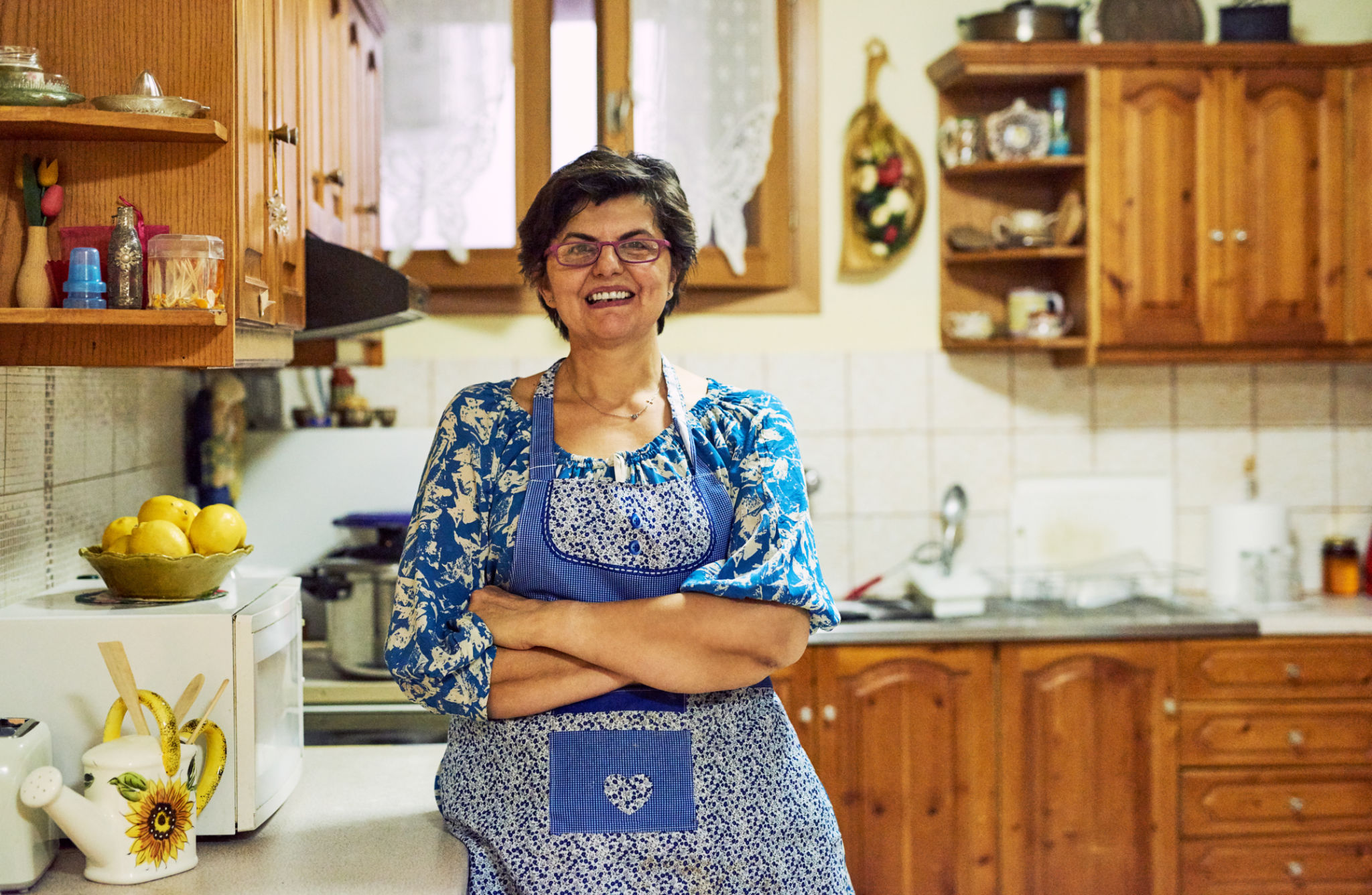Cooking Through the Ages: How Classic Tips Can Transform Your Meals
The Art of Simplicity: Embrace Minimalism
In a world brimming with new and trendy culinary techniques, it can be refreshing to step back and revisit the classic tips that have stood the test of time. Cooking through the ages has taught us that sometimes, simplicity is key. For instance, the art of seasoning cannot be understated. A dash of salt can elevate flavors, while freshly cracked black pepper adds a hint of warmth and spice to any dish.
Another age-old tip is to focus on the quality of ingredients rather than quantity. Fresh, seasonal produce can transform a meal from mundane to extraordinary without the need for elaborate preparation. This minimalist approach not only highlights the natural flavors but also makes cooking more accessible and less time-consuming.

Mastering Timeless Techniques
Classic techniques like braising, roasting, and simmering have been cherished by chefs across generations. Braising, for example, involves cooking meat slowly in a covered pot with a bit of liquid. This method tenderizes tougher cuts and infuses them with deep flavors. It's a technique cherished by many cultures, each adding its unique twist through spices and herbs.
Roasting, on the other hand, is fantastic for vegetables and meats alike. The high heat caramelizes the natural sugars, creating a delightful contrast between crispy exteriors and tender interiors. Understanding these techniques allows modern cooks to appreciate how patience and proper application can yield remarkable results.

The Power of Presentation
A meal's presentation can significantly enhance the dining experience. While this might seem like a modern concept, historical cooking practices have long emphasized the importance of plating. Even simple garnishes like a sprig of fresh herbs or a sprinkle of citrus zest can make a dish more appealing.
Classic table settings also play a role in elevating a meal. The use of elegant serveware and thoughtful arrangement of dishes encourages diners to savor their meals slowly. These traditions remind us that dining is not just about nourishment but also about community and shared experiences.

Incorporating Classic Flavors
Classic flavors often draw from a rich tapestry of cultural influences. Think of the aromatic spices used in Mediterranean cuisines or the rich, umami flavors found in Asian dishes. These flavors are not only time-honored but also adaptable to modern tastes.
- Cumin and coriander for earthy warmth
- Soy sauce and ginger for savory depth
- Lemon and thyme for bright freshness
By incorporating these flavors into contemporary recipes, you create dishes that are both nostalgic and novel.
Time-Tested Kitchen Wisdom
The kitchen wisdom passed down through generations often includes practical tips that can make cooking more efficient and enjoyable. For example, sharpening knives regularly not only makes cutting easier but also safer. Similarly, letting meat rest after cooking can make it juicier and more flavorful.
Another valuable lesson is the importance of tasting as you cook. Adjusting seasoning along the way ensures that the final dish is balanced and delicious. These small but impactful pieces of advice continue to guide home cooks in achieving culinary excellence.

Conclusion: Timeless Tips for Modern Meals
Embracing classic cooking tips doesn't mean forsaking innovation; rather, it's about blending tradition with modernity to create meals that resonate with history yet cater to contemporary palates. By understanding and applying these age-old principles, you can transform your meals into something truly special.
The next time you step into your kitchen, remember that you are part of a long lineage of cooks who have celebrated the joys of cooking through the ages. With a little inspiration from the past, your culinary creations can shine with authenticity and flavor.